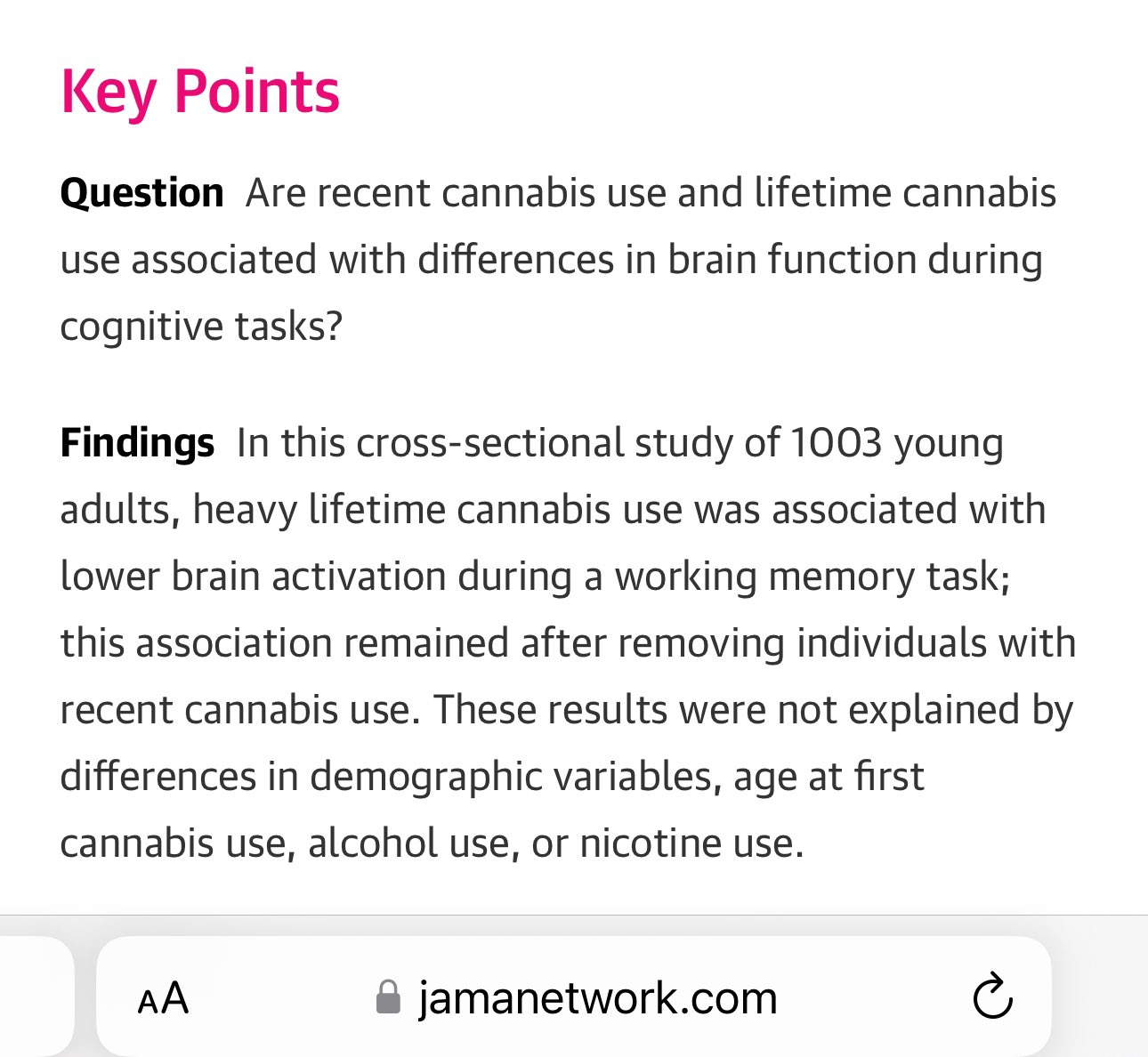Annual Ad-Free Subscription… Join the Fight and Support Revolver Now…
Check out the new merch! — Donate…
Sign up for our email list… stay on the bleeding edge…
Every once in a while, a crime story comes along that’s so chilling, so brutal, you just know it’ll end up on Dateline one day. This is one of those cases.
It started as a classic, All-American guys’ night out—two childhood best friends, catching up, having a good time, and drinking beer at a local bar. But instead of ending with laughs and memories, the night took a truly gruesome turn. By the time it was over, one of them was savagely murdered and nearly dismembered by the other.
READ MORE: Call 911: Bernie is getting massacred online for trying to defend corrupt USAID…
The story takes a really weird turn, when the convicted murderer, a 23-year-old by the name of Brandon Risner, appears to blame the murder of his childhood bestie, Aaron David, on Marijuana.
Davis, 21, and Risner had known each other since eighth grade and were extremely close. Following his graduation from BYU-Idaho in July 2022, Davis finished a law internship in North Carolina and decided he wanted to become a teacher.
He took the GACE, the Georgia test for graduate school admission, the morning of Nov. 11, 2022, and then began driving to visit his girlfriend in Alabama when he stopped to see Risner in Rome, Georgia.
The two went to a bar and drank high blood alcohol content beers ordered by Risner, which was unusual because Davis did not drink, according to Floyd County Assistant District Attorney Leah Mayo. They went back to the home of Risner’s parents, who were out of town, and Davis went to sleep in an upstairs bedroom.
A short time later, Risner entered the bedroom and stabbed Davis 40 times, causing blood to spatter on the ceiling and soak through the carpet, Mayo said.
“Aaron was killed on the bed … and then drug into the bathroom. His blood was found on the door of the bathroom shower as well as other places,” Mayo said. “Aaron didn’t have any defensive wounds. Aaron didn’t see this coming, and this was not a case of mutual combat or something like that.”
Mayo said Risner attempted to dismember Davis around his abdomen and on one of his arms. A portion of his small intestine was removed. Davis was alive as he sustained the majority of his wounds, according to Mayo.
Investigators later discovered Risner conducted more than 20 internet searches on his phone for sheets, blankets, stain remover and hydrochloric acid. He also looked up, “does Walmart have duct tape,” “how to clean blood out of a carpet” and “how to drain a washing machine.”
In between the internet searches, Mayo said Risner watched horror movies and drove to Walmart, where he bought duct tape, sheets, cleaning supplies and other items. He used the tape and sheets to wrap Davis’ body and visited Urgent Care to get treated for cuts on his fingers.
After killing Davis, Risner put his friend’s body in a suitcase and into the trunk of Davis’ car. The following night, Mayo said, Risner buried Davis in a shallow unmarked grave nearby and ditched the vehicle behind a levee in a park.
The deeper you dig into this case, the more disturbing it gets. The East Idaho News piece goes on:
Mayo revealed a disturbing amount of content found on Risner’s phone, such as an online search of “10 tips for dealing with guilt.” A “post-murder to do list” was found, including vacuum, laundry, post music on YouTube, apply for BYU-Hawaii and shower. Investigators also discovered a song Risner had written after the death that contained violent lyrics.
“He screamed ’til he choked on his own tongue and blood. His scream became a gargle as he swallowed his tongue,” the lyrics said.
Another song, written before Davis’ death, included these lyrics: “It doesn’t matter what you do. Go kill someone, go love someone, you can’t plan the future, God decided it for you.”
“If these are indicative of his philosophy, that is dangerous because there’s no free will and everything is predestined. There’s no consequences for actions, and there’s no reason to ever exercise restraint,” Mayo said. “It’s also a philosophy that doesn’t demonstrate remorse.”
Mayo said that before the murder, Risner told investigators he had taken edibles and experienced a prophecy “where he felt God was telling him that he either had to kill his best friend or have sex with his stepmother. He thought there would be less self-pleasure in killing Aaron.”
Risner said that smoking marijuana and drinking alcohol made him have urges to kill. The morning Davis called and said he wanted to visit, Risner’s “homicidal urges returned, and he felt it was destiny” especially because Risner’s parents were out of town, Mayo said.
“I became a carnal animal like in a dream and started to feel emotion for the first time as I started killing Aaron,” Risner said, according to Mayo.
There is more on this chilling case.
Watch:
It’s hard to say for certain if marijuana played a role in this horrific crime, but studies have shown that high-THC edibles can trigger violent behavior in some individuals.
Due to the delayed onset and uncertain potency of edibles, many people who use these products may unintentionally consume excessively high amounts of THC. One of the consequences of taking in too much of the drug too quickly is users can become violent or unaware of their actions.
These individuals may exhibit self-harming behaviors or hurt others while in this state, behaviors that they likely never would have engaged in while sober.
There have been several tragic incidents caused by unusual and risky behaviors stemming from the consumption of edibles. One man, while on a family ski trip, shot himself in the head hours after ingesting a number of marijuana-laced candies.10
Another man, while on a spring break trip with college friends, plummeted to his death after jumping off his 4th floor hotel room balcony mere hours after consuming a marijuana cookie.11
Another man was recently sentenced to 30 years in prison for the fatal shooting of his wife.12 Prior to her death, the wife had called 911 out of concern for the erratic behavior and hallucinations that her husband was experiencing after eating marijuana-laced candies.
One of the leading experts on the dangers of cannabis is Alex Berenson. He literally wrote the book on the topic called: “
Through his extensive research, is convinced that cannabis acts as a neurotoxin.
Cannabis is a neurotoxin. Period. The evidence is overwhelming and still mounting. THC destroys brain function. Cannabis is far more provably a neurotoxin than, say, forever plastics, which both MAHA and public health are obsessed over. What will it take for us to act?
Cannabis is a neurotoxin. Period. The evidence is overwhelming and still mounting. THC destroys brain function.
Cannabis is far more provably a neurotoxin than, say, forever plastics, which both MAHA and public health are obsessed over.
What will it take for us to act? pic.twitter.com/loTpSheNby
— Alex Berenson (@AlexBerenson) February 6, 2025
Here’s a closeup of the images that Alex shared:
In addition, Alex also shared a study out of Canada, showing a link between cannabis and schizophrenia.
Devastating new Canadian paper on cannabis and schizophrenia. Cannabis use disorder (CUD) is linked to a 15-fold higher risk of schizophrenia. 1 in 11 people with CUD developed schizophrenia. And CUD now drives over 10% of all schizophrenia diagnoses.https://t.co/JjkdoqIm5K
— Alex Berenson (@AlexBerenson) February 4, 2025
Here is a brief summary of the study:
Importance Despite public health concerns that cannabis legalization may increase the number of cases of schizophrenia caused by cannabis, there is limited evidence on this topic.
Objective To examine changes in the population-attributable risk fraction (PARF) for cannabis use disorder (CUD) associated with schizophrenia after liberalization of medical cannabis and legalization of nonmedical cannabis in Canada.
Design, Setting, and Participants This population-based cohort study was conducted in Ontario, Canada, from January 1, 2006, to December 31, 2022, among 13 588 681 people aged 14 to 65 years without a history of schizophrenia.
Exposures Diagnosis of CUD in the emergency department or hospital setting (International Statistical Classification of Diseases and Related Health Problems, Tenth Revision, Canada [ICD-10-CA] codes F12x and T40.7).
Main Outcome and Measures Changes in the PARF for CUD associated with schizophrenia (ICD-10-CA codes F20x and F25x and Diagnostic and Statistical Manual of Mental Disorders [Fourth Edition] [DSM-IV] code 295x) over 3 policy periods: prelegalization (January 2006 to November 2015), liberalization of medical and nonmedical cannabis (December 2015 to September 2018), and legalization of nonmedical cannabis (October 2018 to December 2022). A secondary outcome was diagnosis of psychosis not otherwise specified (NOS) (ICD-10-CA code F29x and DSM-IV code 298x). Segmented linear regression was used to examine changes after the liberalization of medical cannabis in 2015 and the legalization of nonmedical cannabis in 2018.
Results The study included 13 588 681 individuals (mean [SD] age, 39.3 [16.1] years; 6 804 906 males [50.1%]), of whom 118 650 (0.9%) had CUD. A total of 91 106 individuals (0.7%) developed schizophrenia (80 523 of 13 470 031 [0.6%] in the general population without CUD vs 10 583 of 118 650 [8.9%] with CUD). The PARF for CUD associated with schizophrenia almost tripled from 3.7% (95% CI, 2.7%-4.7%) during the prelegalization period to 10.3% (95% CI, 8.9%-11.7%) during the legalization period. The PARF in the postlegalization period ranged from 18.9% (95% CI, 16.8%-21.0%) among males aged 19 to 24 years to 1.8% (95% CI, 1.1%-2.6%) among females aged 45 to 65 years. The annual incidence of schizophrenia was stable over time, while the incidence of psychosis NOS increased from 30.0 to 55.1 per 100 000 individuals (83.7%) in the postlegalization period relative to the prelegalization period. The PARF for CUD associated with schizophrenia increased steadily over the study with no accelerations after cannabis policy changes, while increases in the PARF for CUD associated with psychosis NOS accelerated after medical cannabis liberalization.
Conclusions and Relevance In this cohort study of individuals aged 14 to 65 years in Ontario, Canada, the proportion of incident cases of schizophrenia associated with CUD almost tripled during a period of substantial liberalization of cannabis policy. Ongoing research is indicated to understand the long-term associations of cannabis policy with the prevalence of psychotic disorders.
You can read the entire study by clicking here.
Thankfully, Brandon will never walk free again. The 23-year-old was sentenced to life in prison without the possibility of parole—exactly where he belongs. Let’s just hope, for his cellmate’s sake, he doesn’t get his hands on any pot brownies. If his excuse is to be believed, THC turns him into a real-life monster and it appears that plenty of research actually backs up that claim.
READ MORE: 13-year-old Detroiter accused of 3-year robbery and rape spree is finally arrested…
Though, let’s be real, Risner had some serious mental issues, as his parents explained in court. Those may have been pushed further by the drugs. After all, this is the same guy who also admitted to contemplating sexually assaulting his own stepmother.
The real tragedy here is that a hardworking young man with a bright future had his life violently stolen by someone he trusted. A so-called best friend who turned into a ghoulish predator.
Annual Ad-Free Subscription… Join the Fight and Support Revolver Now…
Check out the new merch! — Donate…
Sign up for our email list… stay on the bleeding edge…
NEWSFEED — FOLLOW ON X — GAB — GETTR — TRUTH SOCIAL — BLUESKY



Join the Discussion